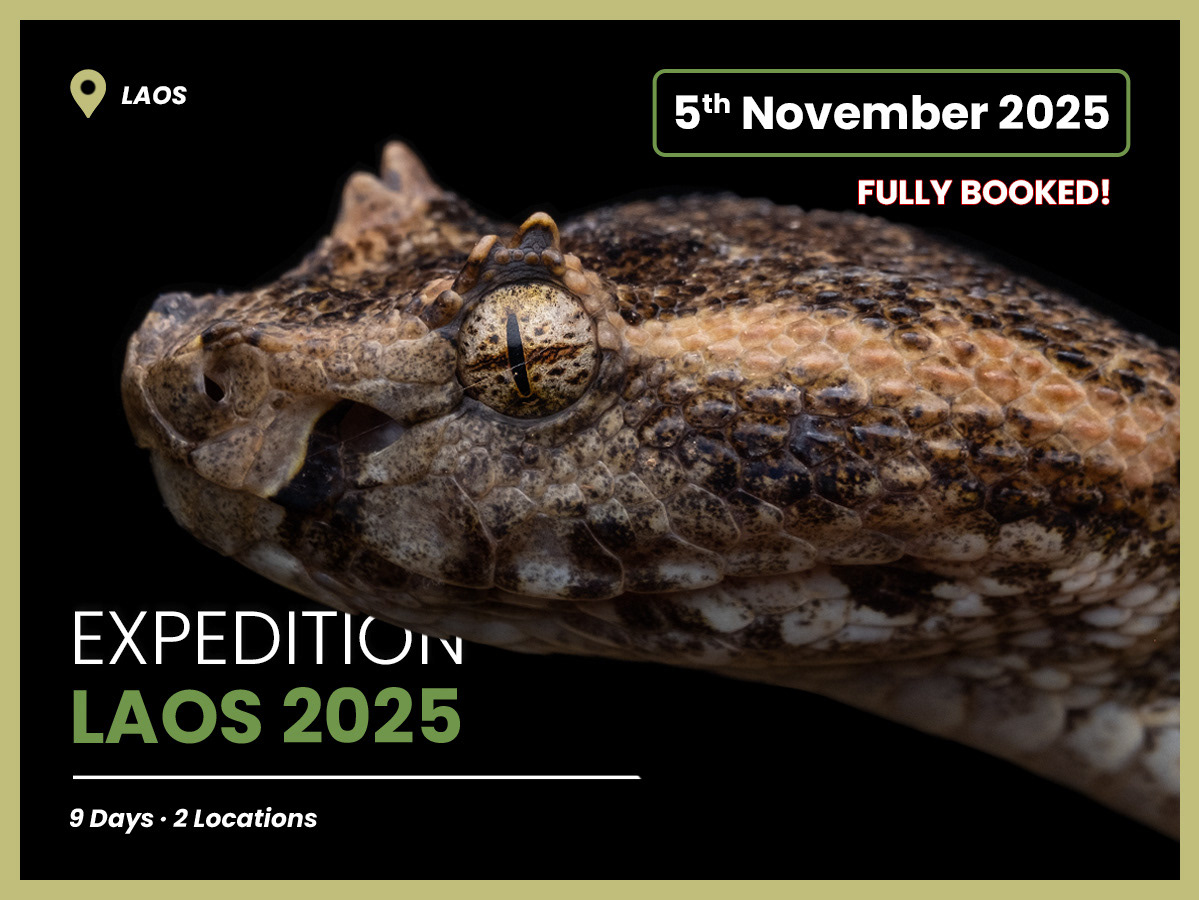Start: 20th September 2025 | End: 29th September 2025 | Meeting location: Hat Yai | Spaces available: 4
Explore Herpetology's legendary Expedition Yala returns in late September 2025, with 9 action-packed nights through the most biodiverse herping locations we visit across all our available experiences. This is the most concentrated area for reptile diversity in the entire world, so those who want to see a wide variety of species are sure to enjoy how many new species can be seen every single day. Moreover, our sites in Yala are undoubtedly the best places in the world to encounter both red-headed krait (Bungarus flaviceps) and Malaysian blue coral snake (Calliophis bivirgata flaviceps). We have never missed finding either one of these species on any expedition we have operated to the area. Late September is also one of the best times of year to encounter blood python (Python brongersmai) in the wild, while the regular rain showers also bring out the very rare dragon snake (Xenodermus javanicus). Every single expedition is packed with surprise encounters and showstoppers, so get in touch now to reserve your space on this high-demand experience.
The Expedition lasts 9 nights and covers 2 different locations in Yala province, with 4 nights in Than To district and 5 nights in Betong district. Within these two areas, we have countless different trails and sites, including limestone karst valleys, waterfalls, primary rainforest rivers, quiet roads through forest, cool highlands and seemingly endless jungle tracks. We stay at 2 accommodations during the trip, which begins and ends in Hat Yai, the largest city in Southern Thailand.

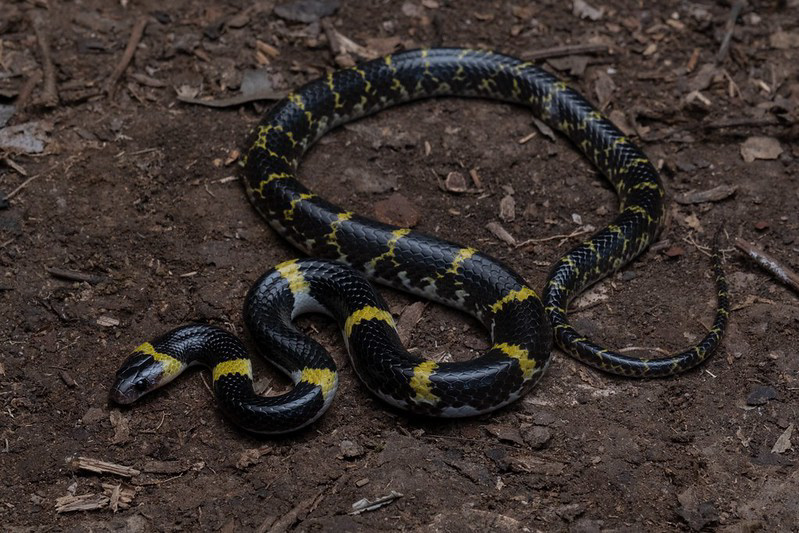
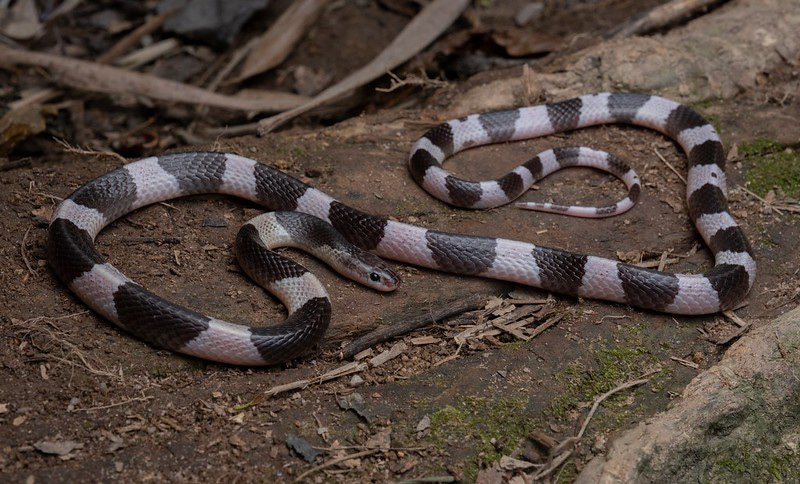
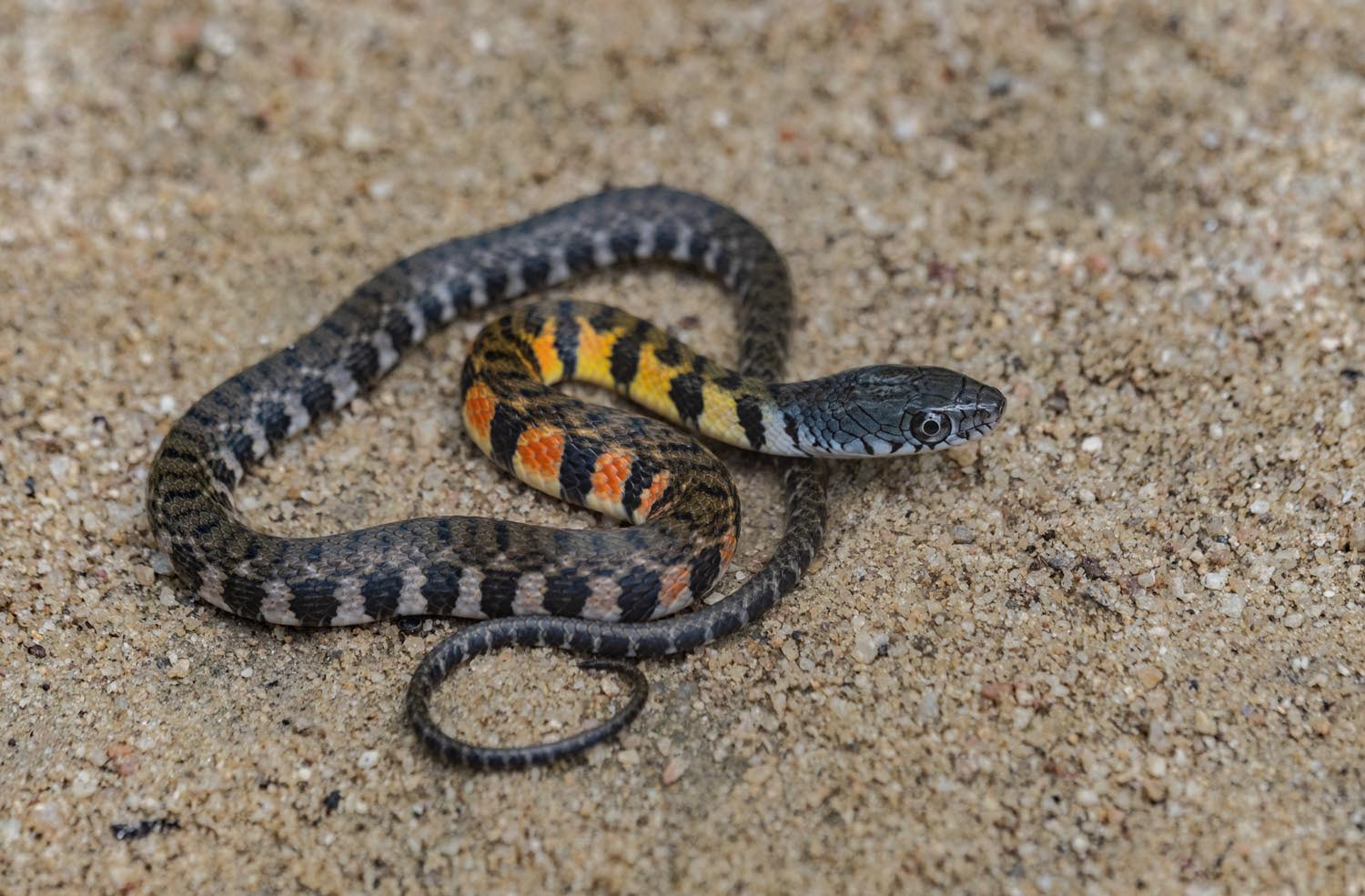

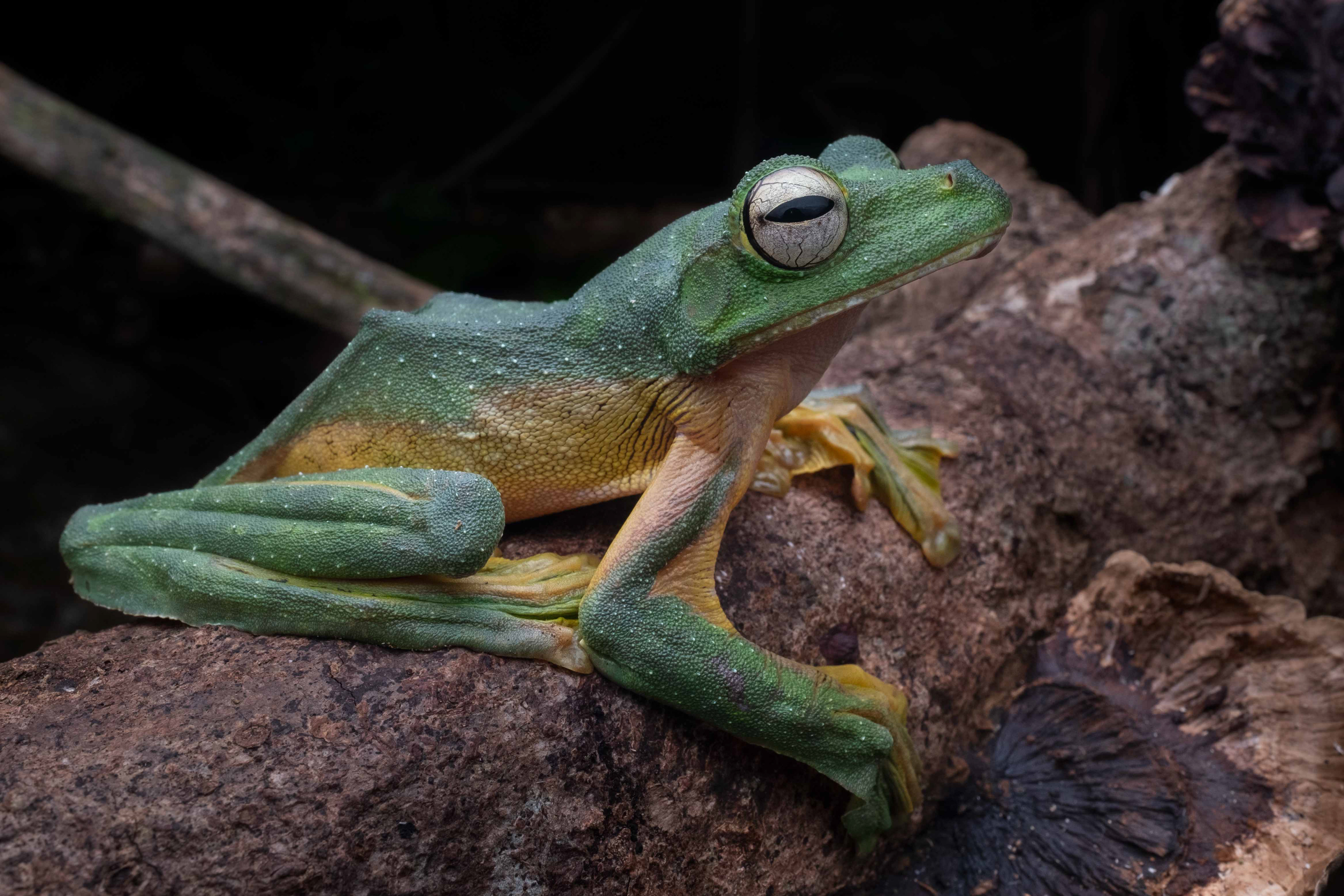
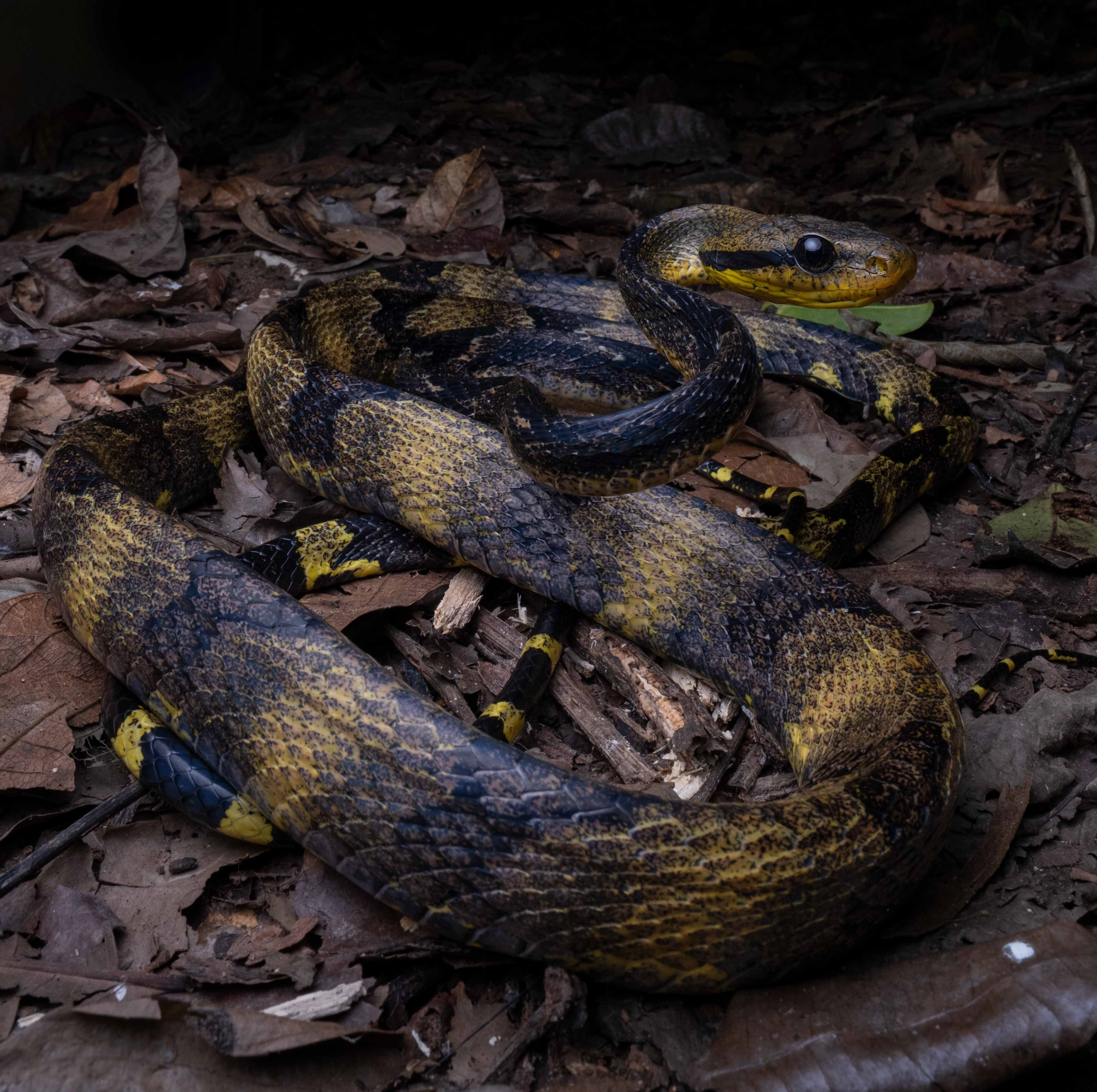


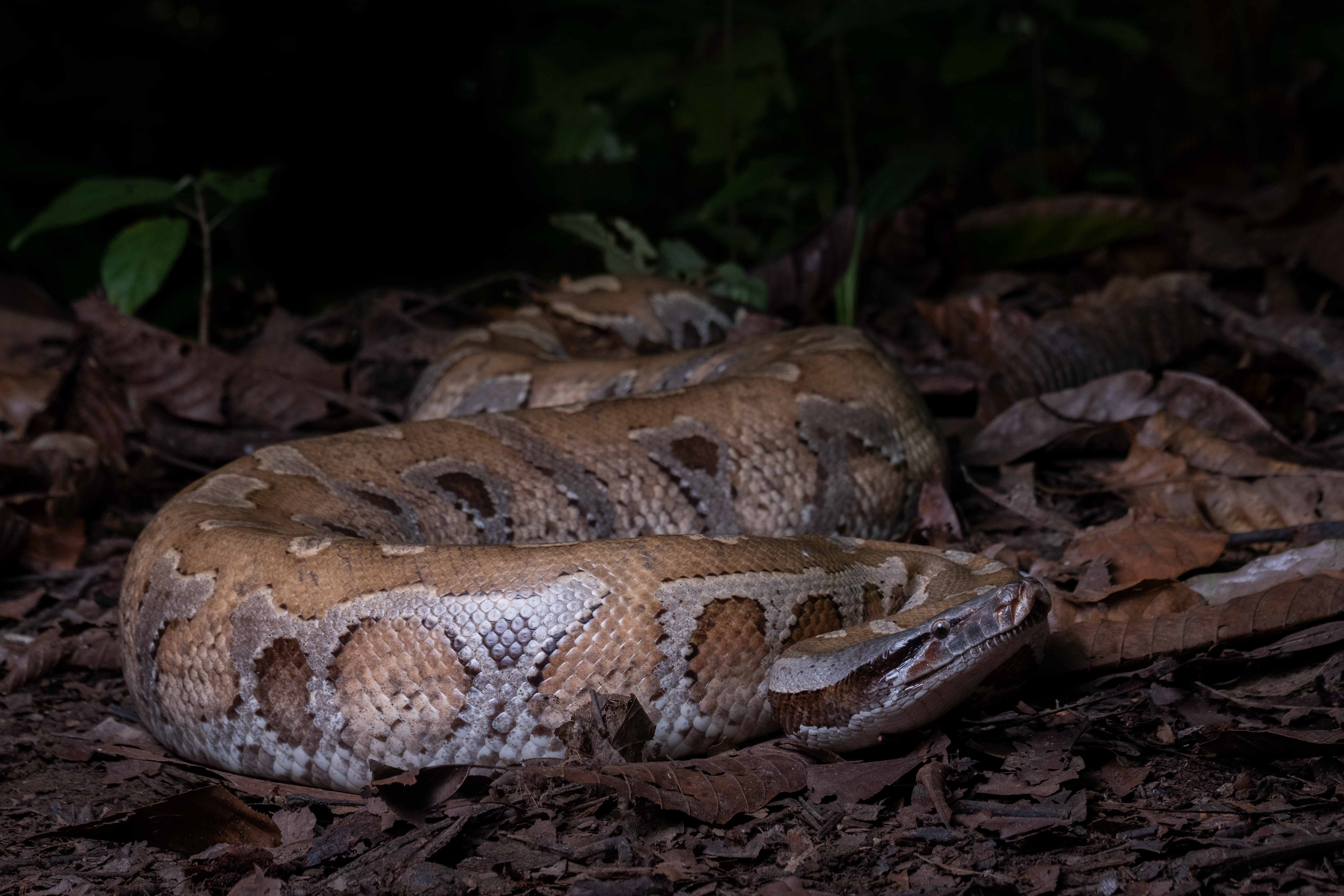
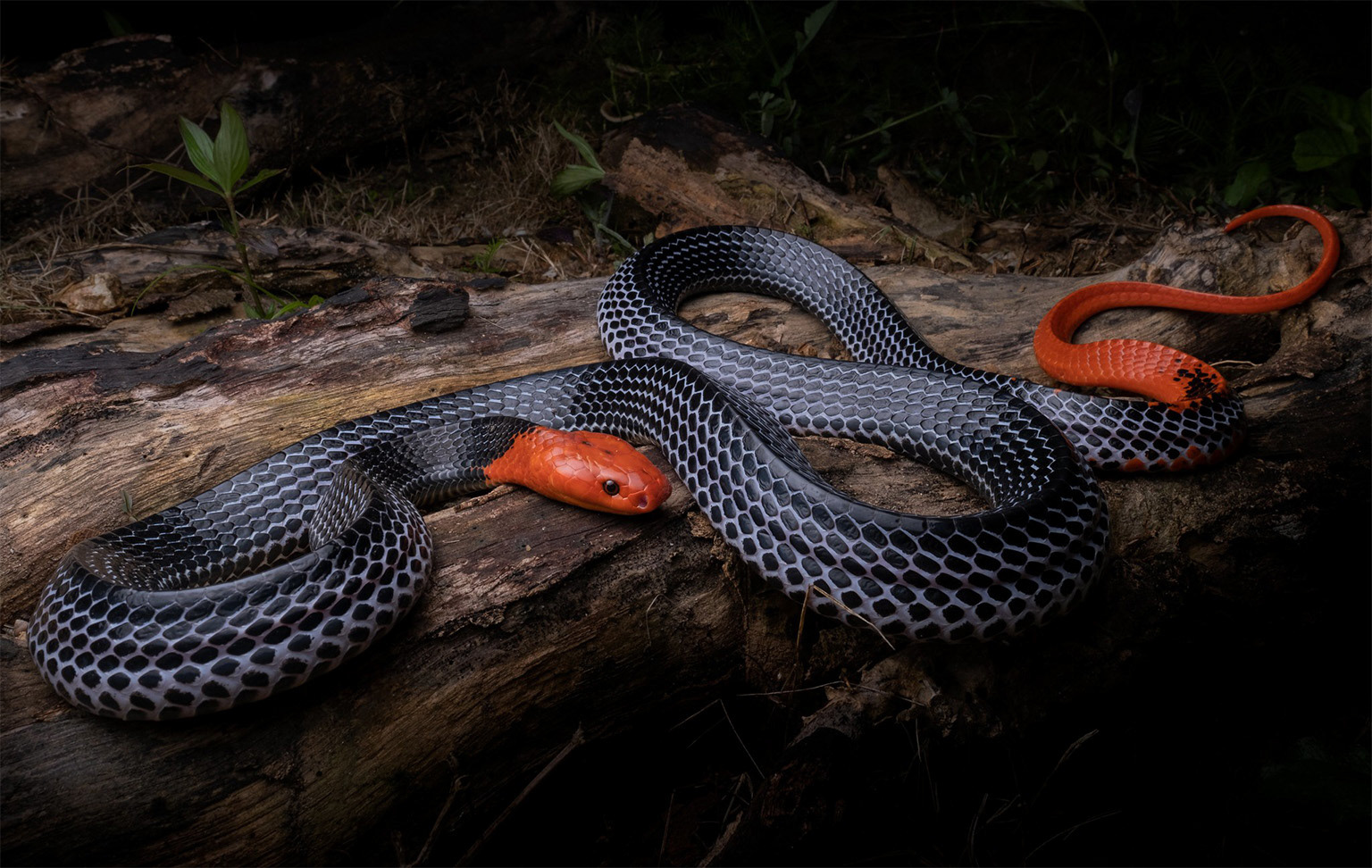
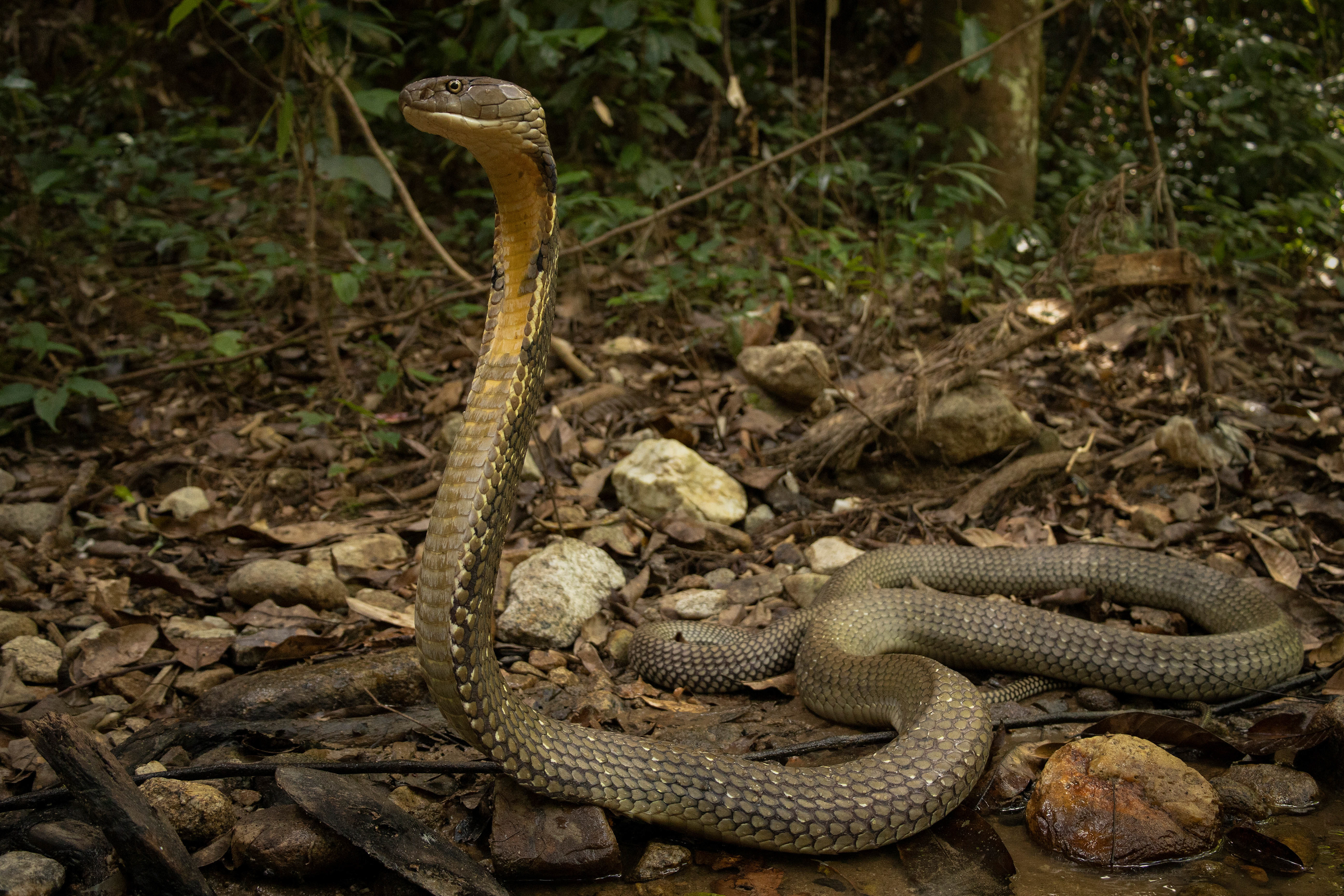
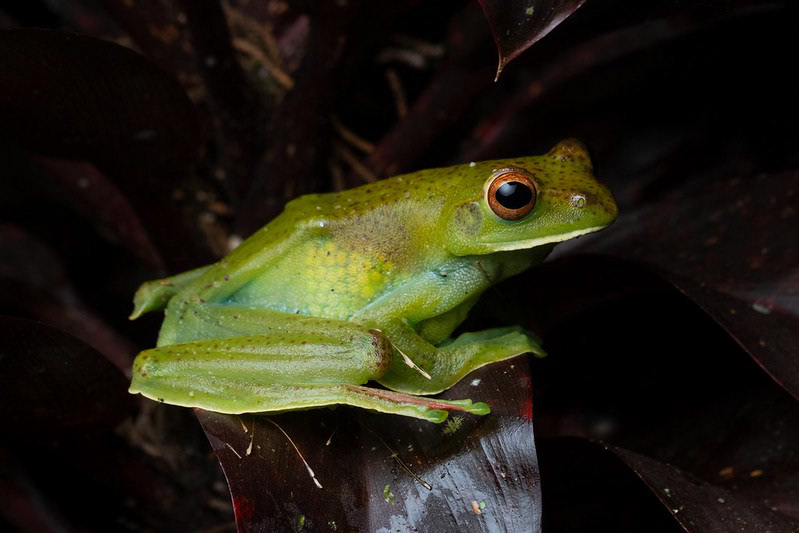
Jade flying frog (Zhangixalus prominanus)
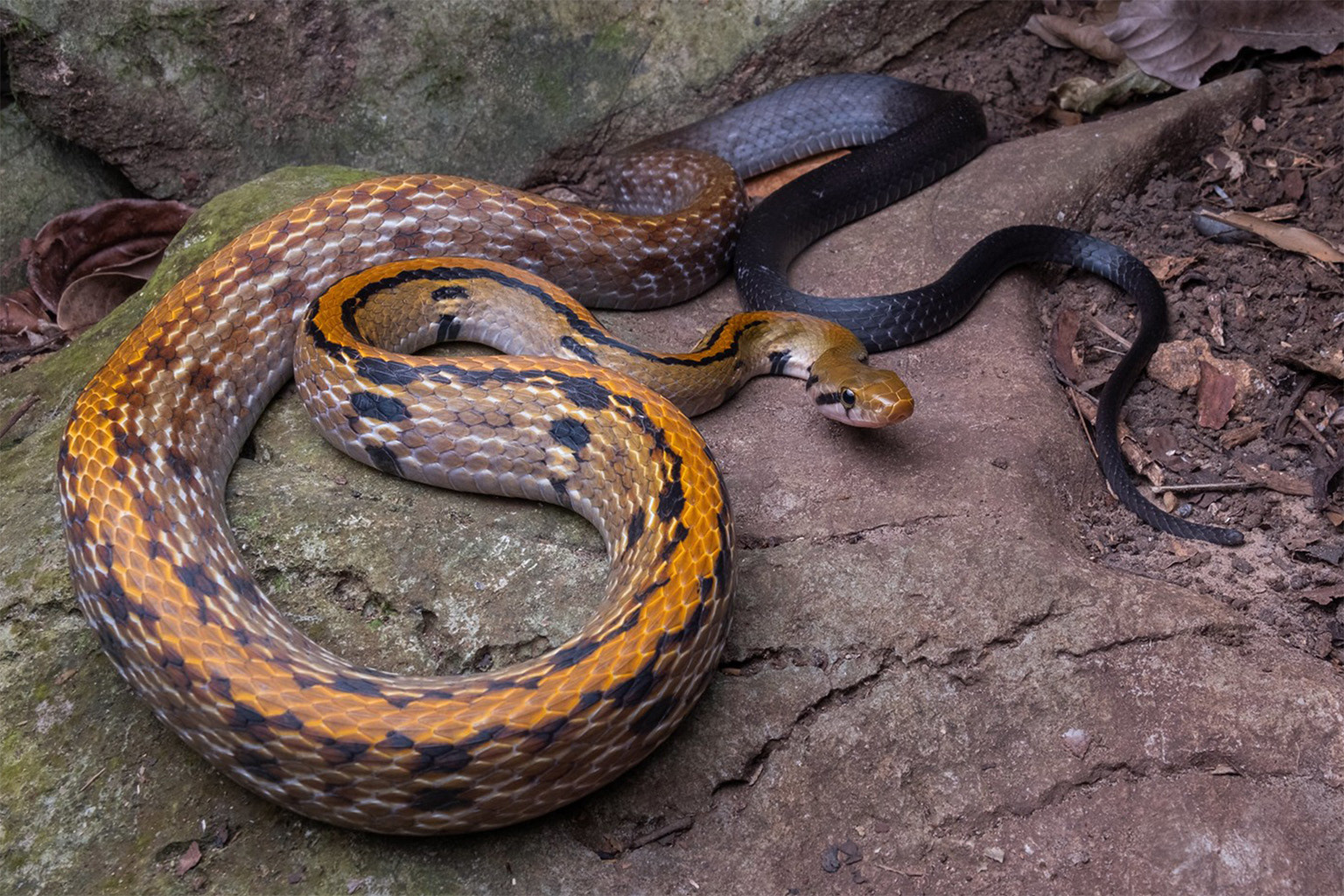
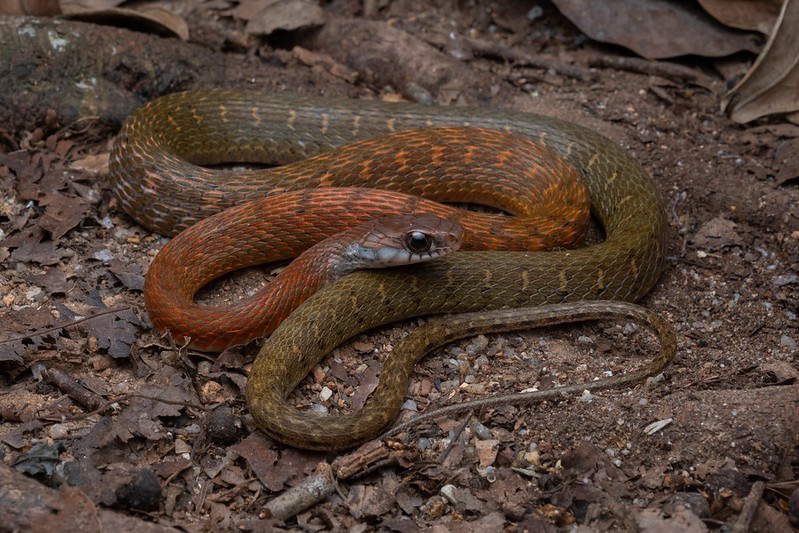
Speckle-bellied keelback (Rhabdophis chrysargos)

Sunbeam snake (Xenopeltis unicolor)


Long-nosed horned frog (Pelobatrachus nasuta)

Schlegel's reed snake (Calamaria schlegeli)

Giant river toad (Phrynoidis asper)

Rusty-barred kukri snake (Oligodon signatus)



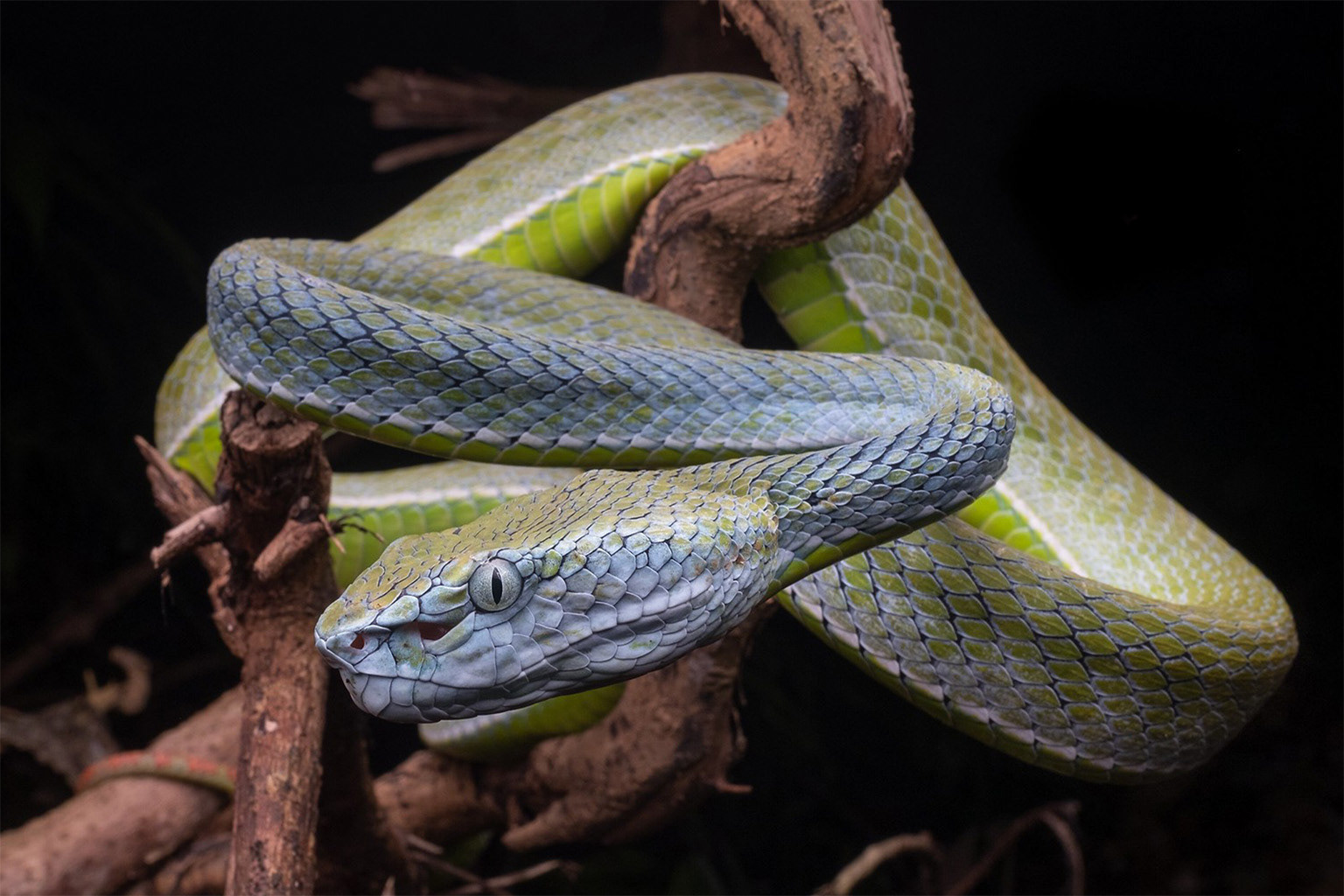
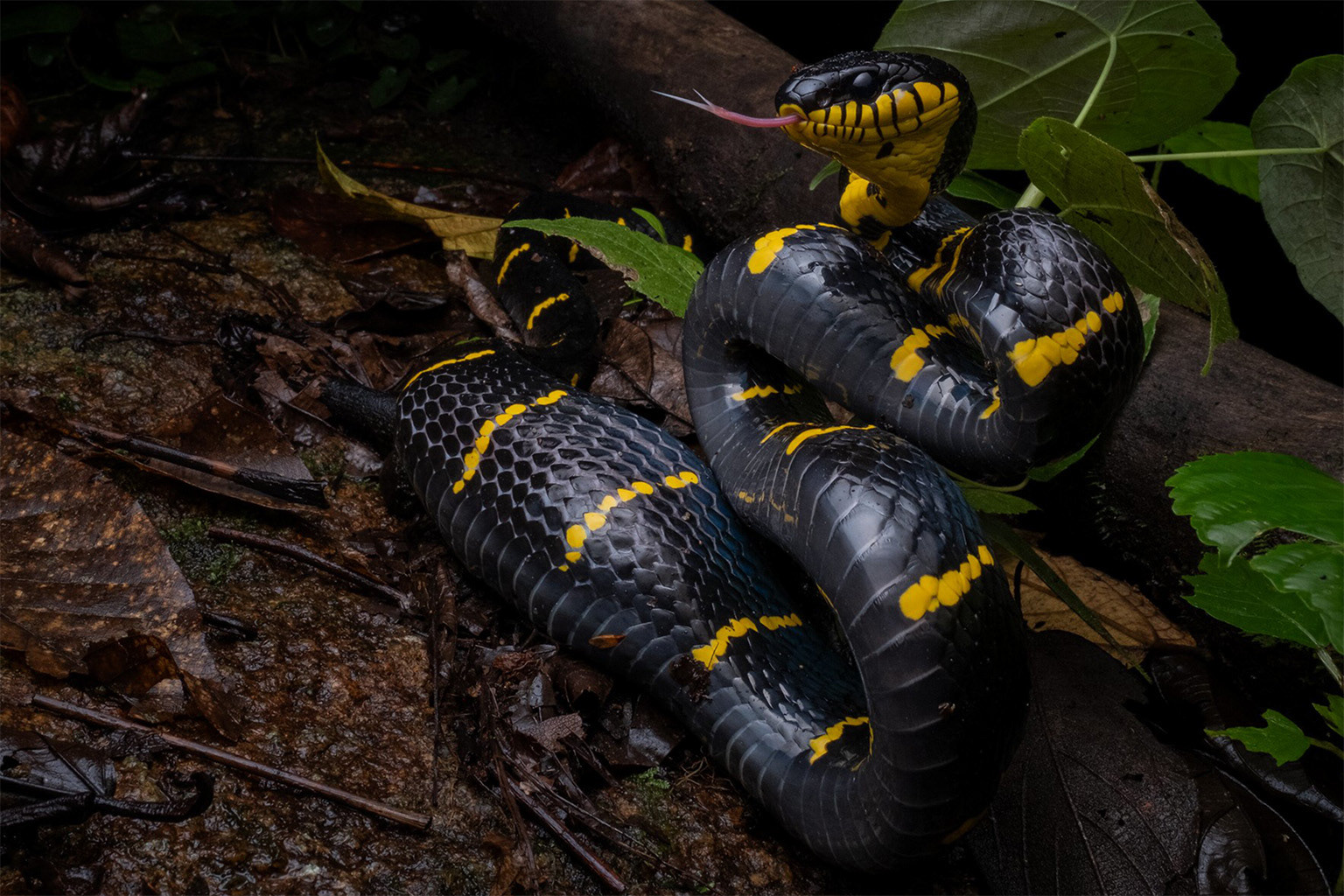
Nights 1- 4: Than To
Than To district is defined by its towering limestone karst formations and rolling hills which form an unforgettable landscape, perfect for an adventure into remote and undisturbed rainforests. This area can challenge any famous location in the world for its density of herpetofauna, and has consistently been one of our most productive areas for herping since we first started running expeditions to the area in 2022. On recent expeditions, this area has produced multiple red-headed kraits (Bungarus flaviceps), golden morph Sumatran cobras (Naja sumatrana), blue coral snakes (Calliophis bivirgata), blood pythons (Python brongersmai) and even a 4.2 meter Sunda king cobra (Ophiophagus bungarus). The forest around Than To is packed with arboreal snakes and stunning lizards, with cat snakes (Boiga sp.), large agamid lizards (Gonocephalus sp.) and impressive frogs guaranteed to appear every night. One of our secret valleys around Than To is one of very few sites in Southern Thailand where Hagen's pit viper (Trimeresurus hageni) is still very common.
For our 4 nights here, we will be staying in air-conditioned accommodation situated at the base of limestone karst formations. We will eat most of our meals at the resort, but we will also occasionally drive into the local village where we can order burgers and other Thai food. The garden of the resort has multiple trails where we have seen blue coral snake (Calliophis bivirgata), Kopstein's bronzeback (Dendrelaphis kopsteini) and roughneck monitor (Varanus rudicollis) in the past.

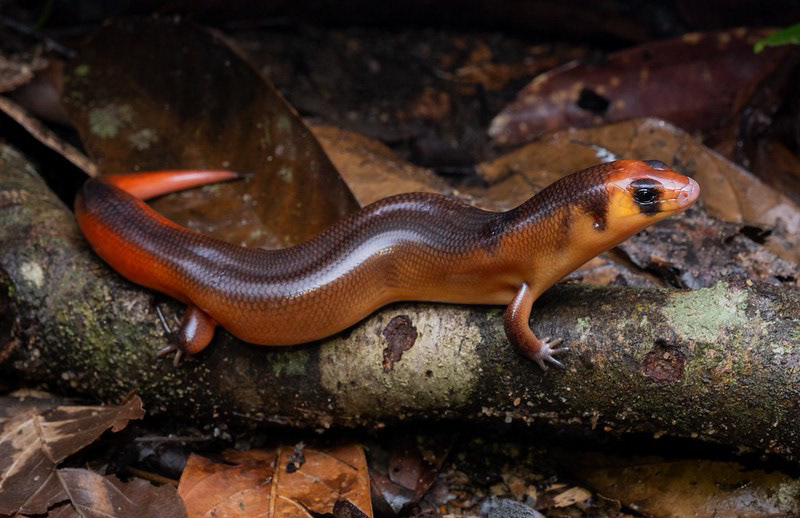
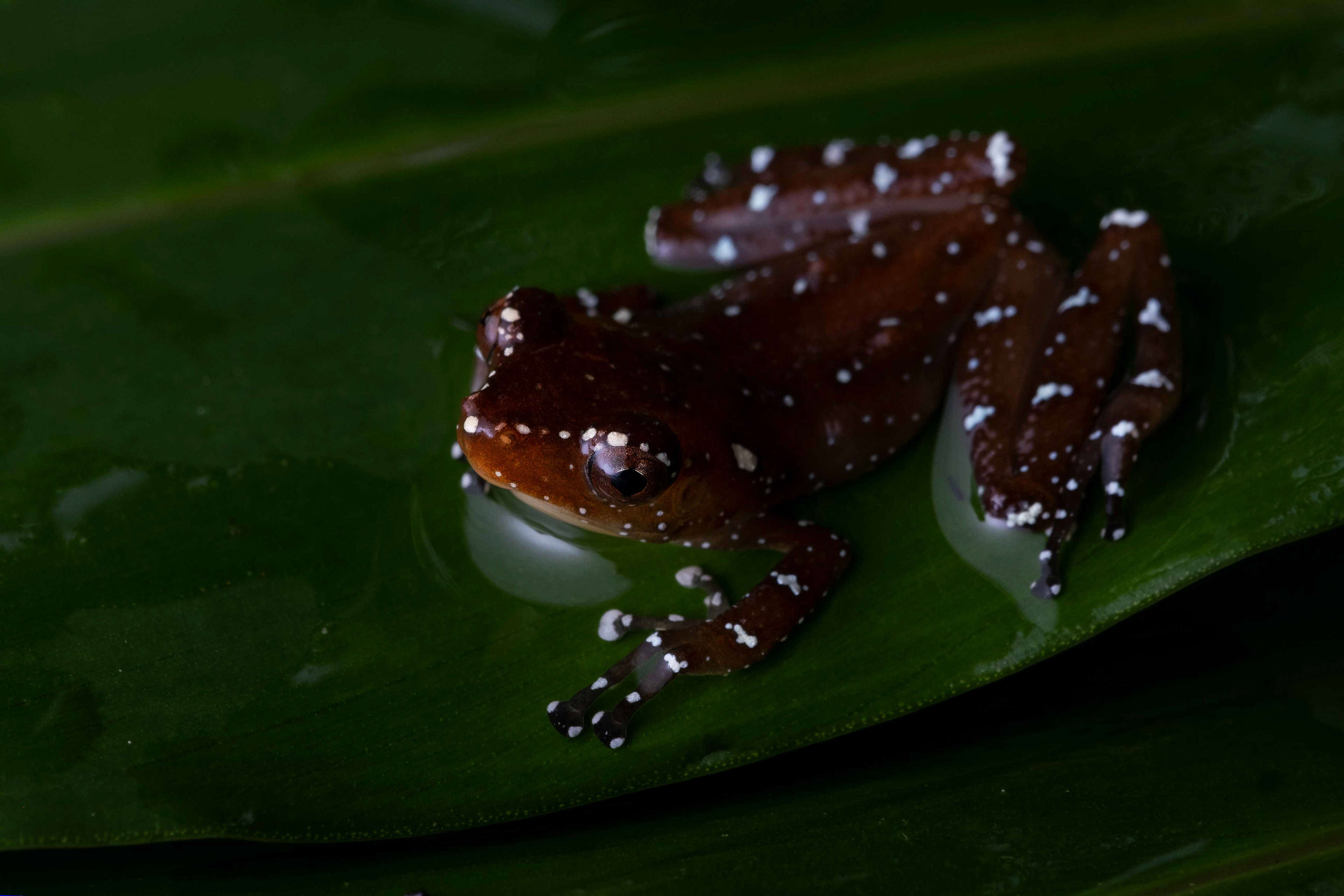

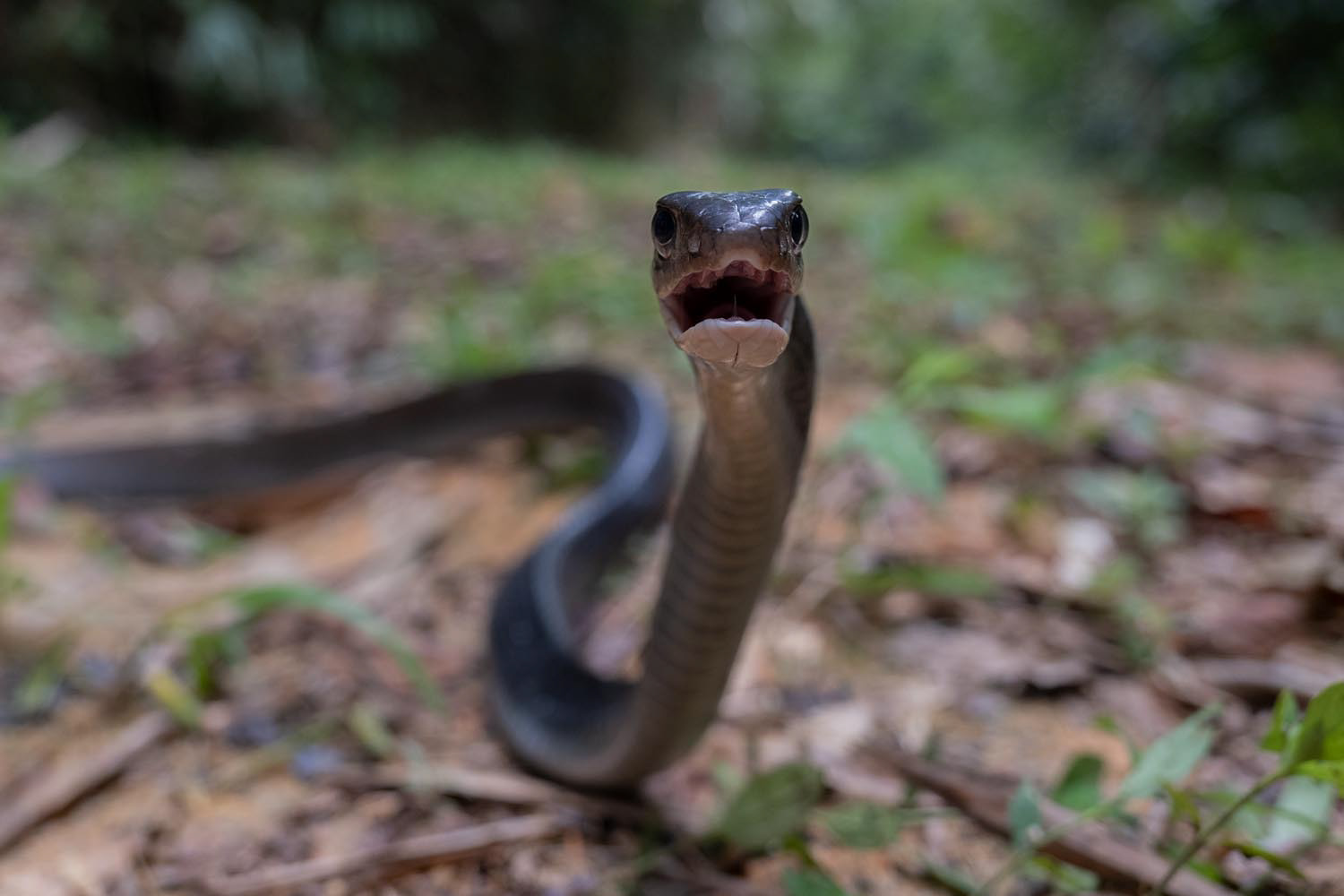

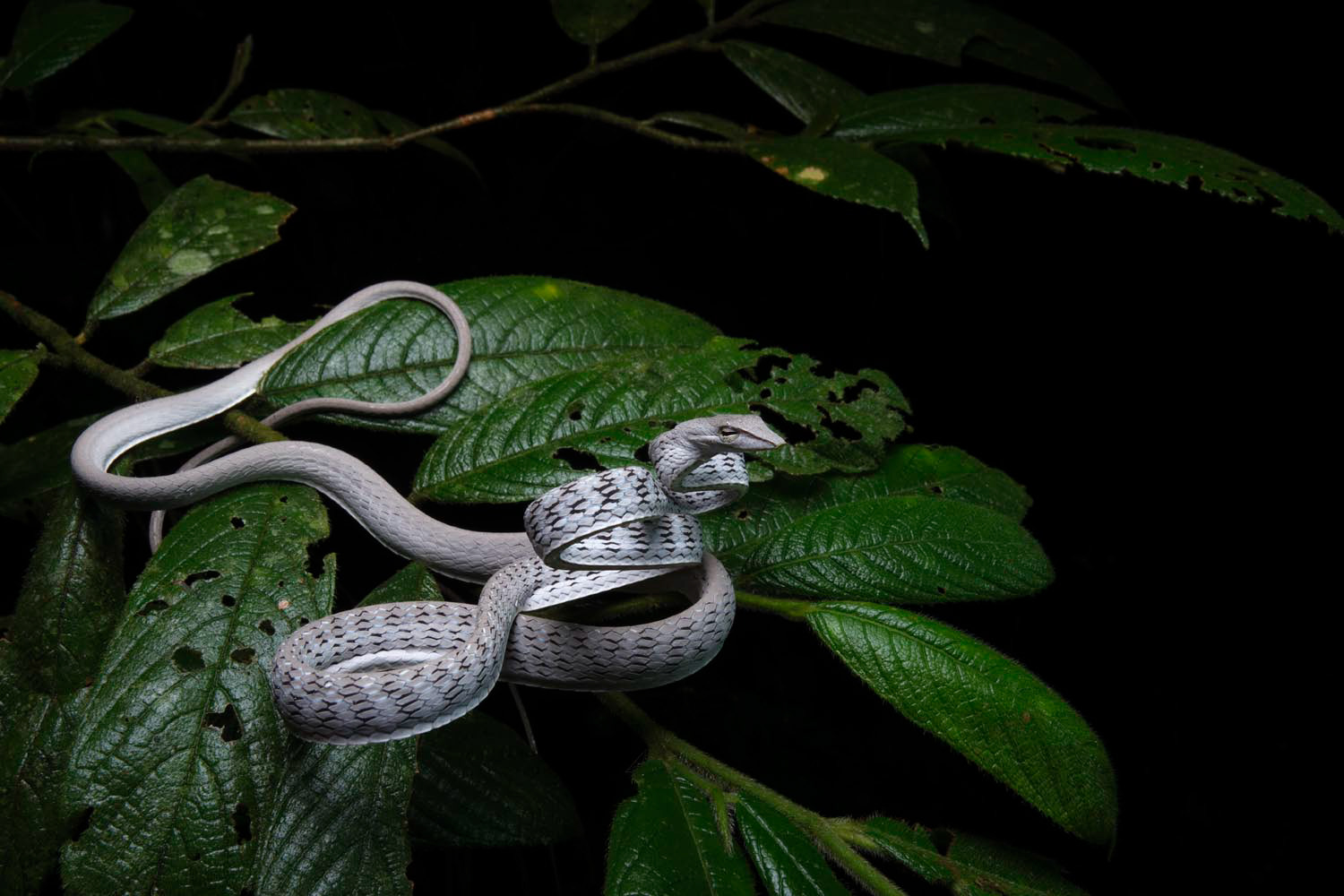

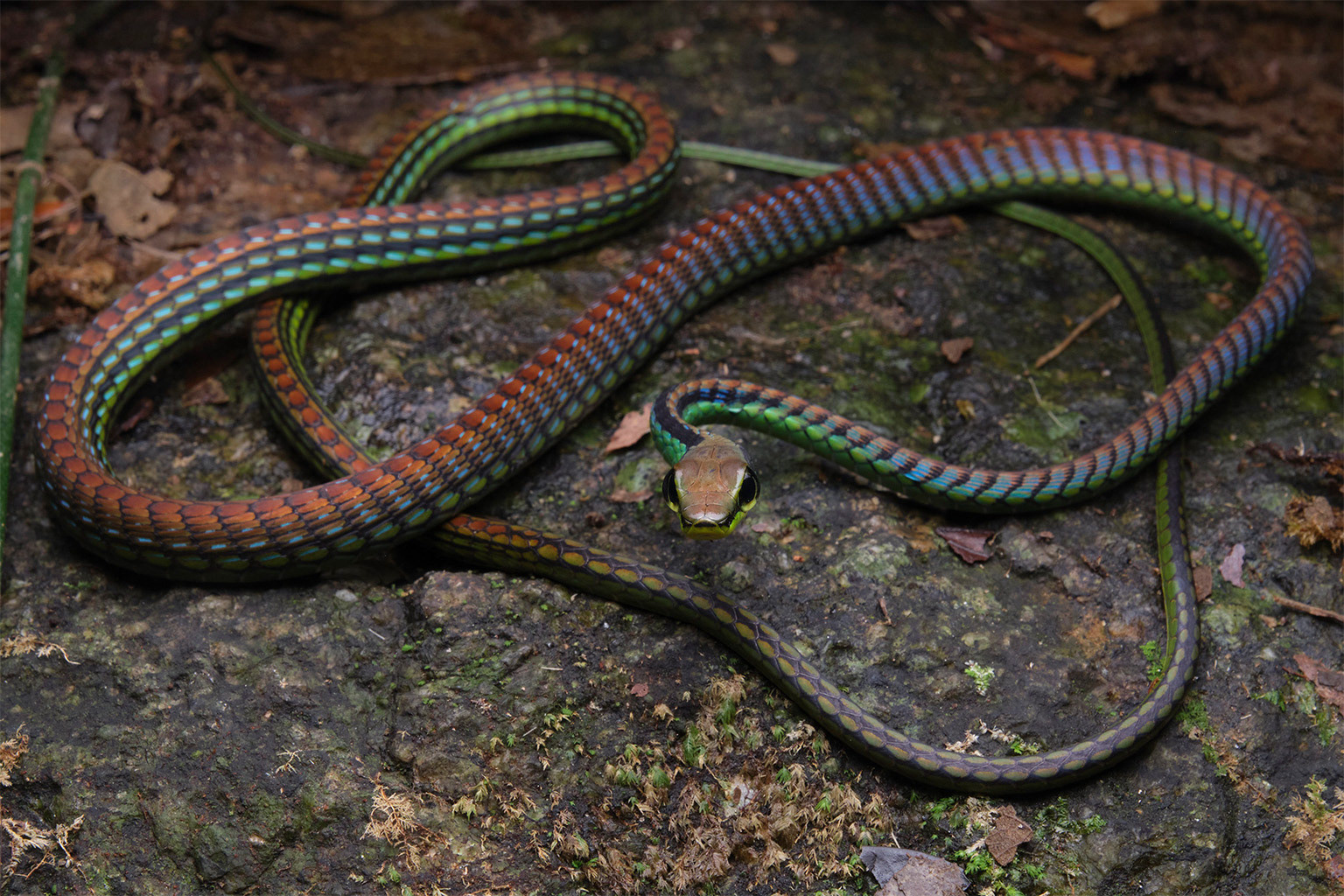

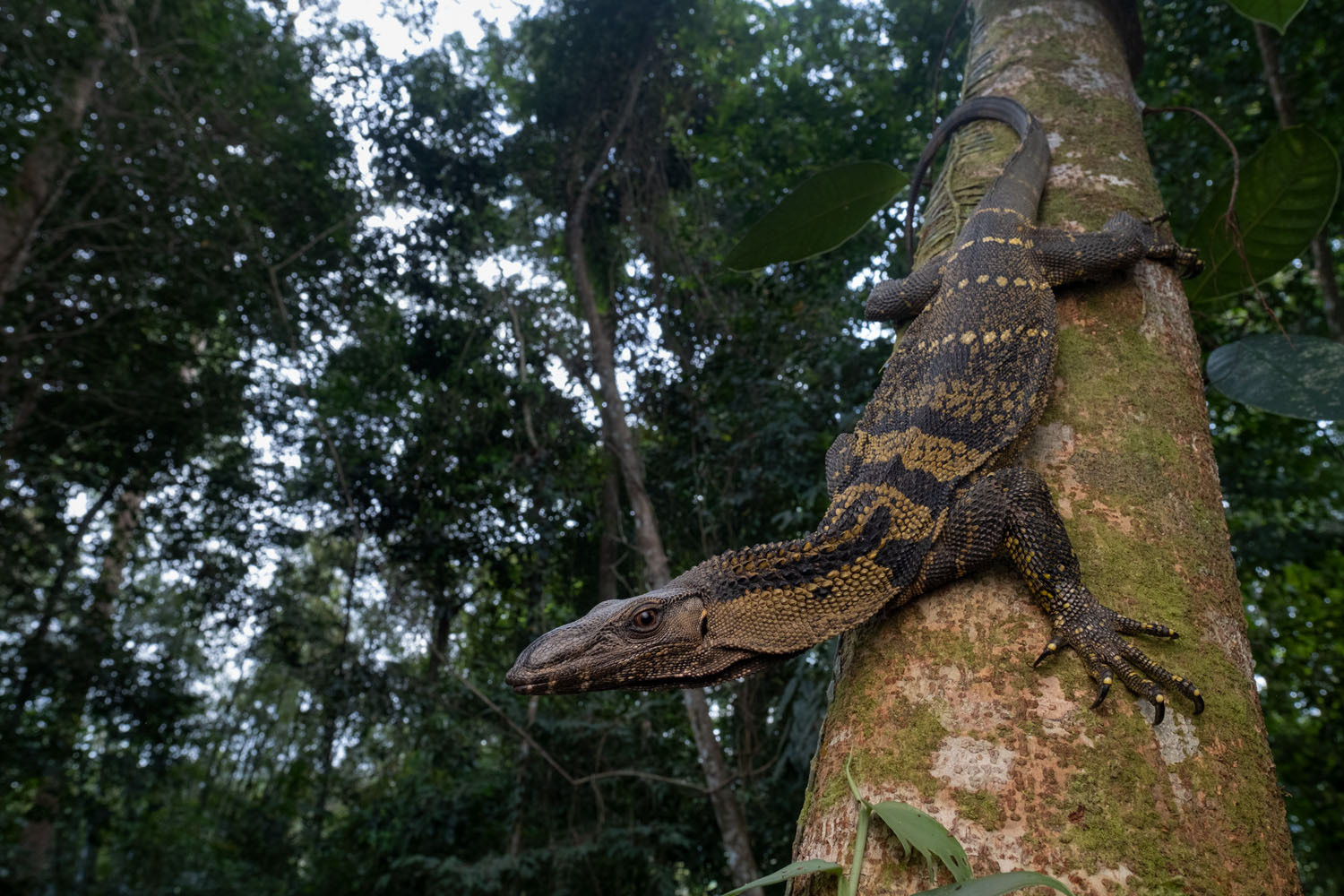
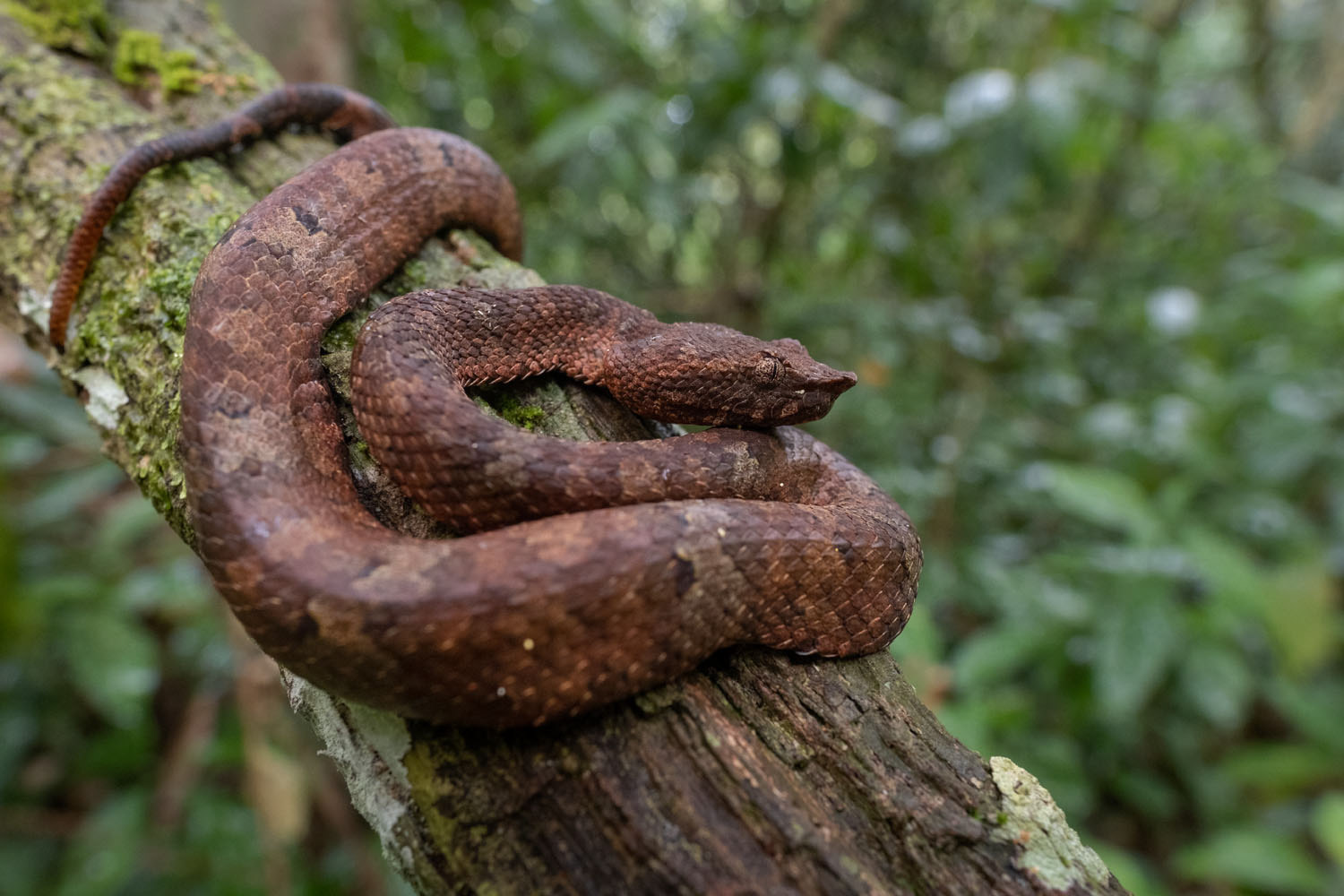
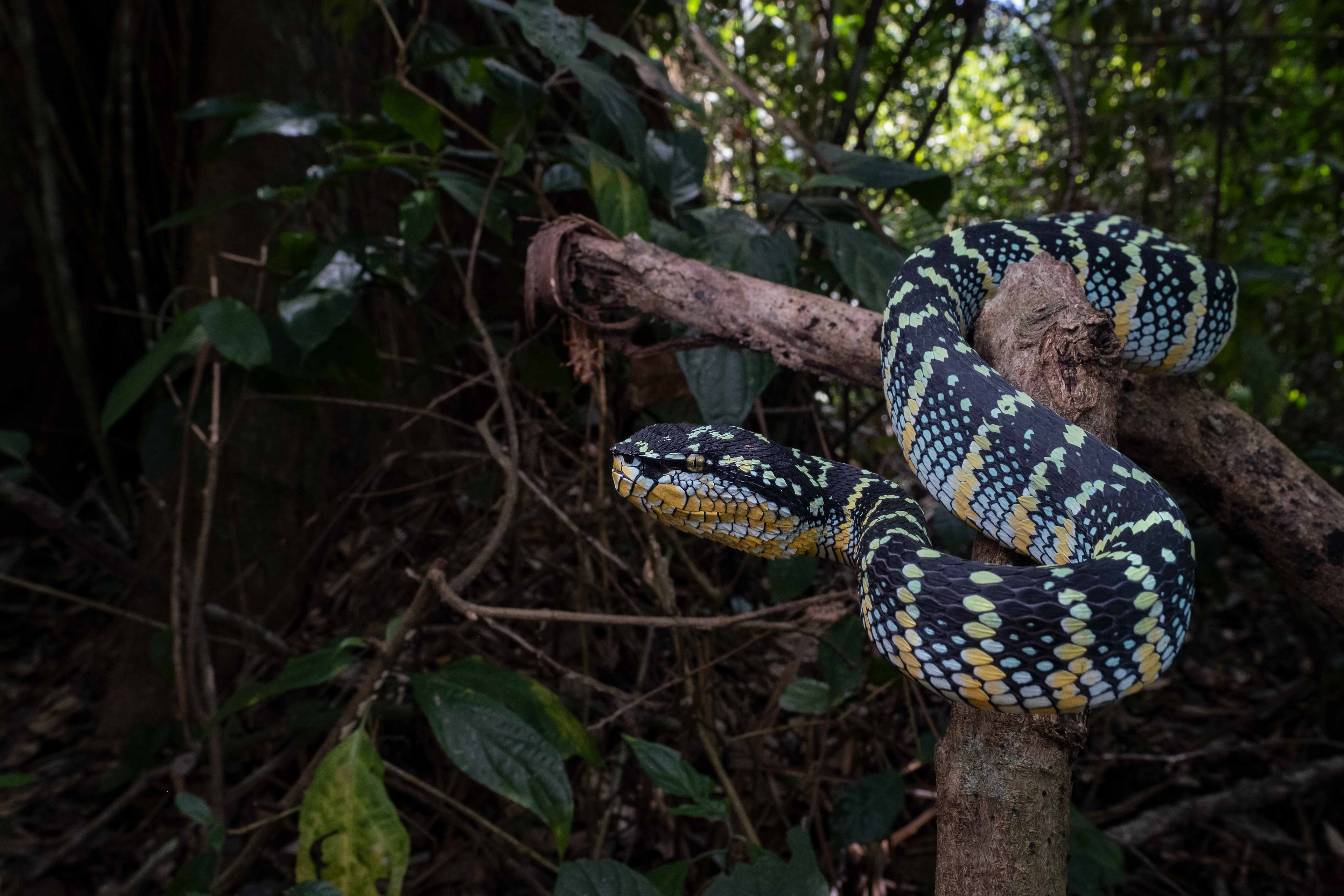
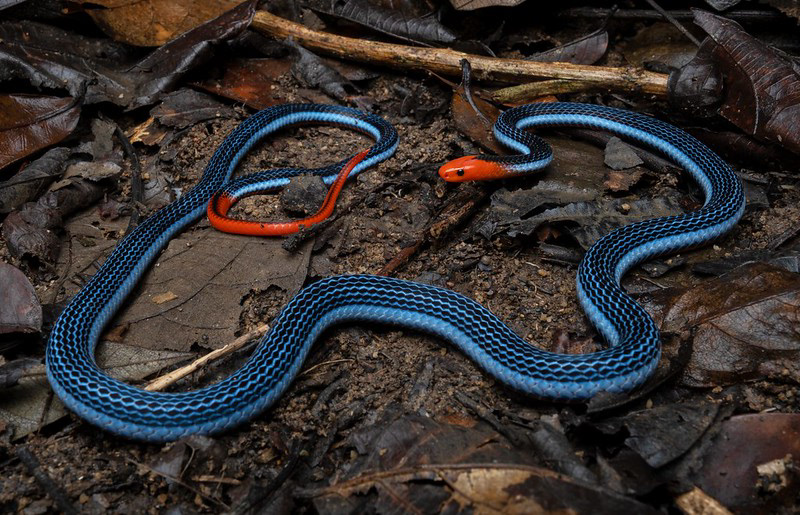
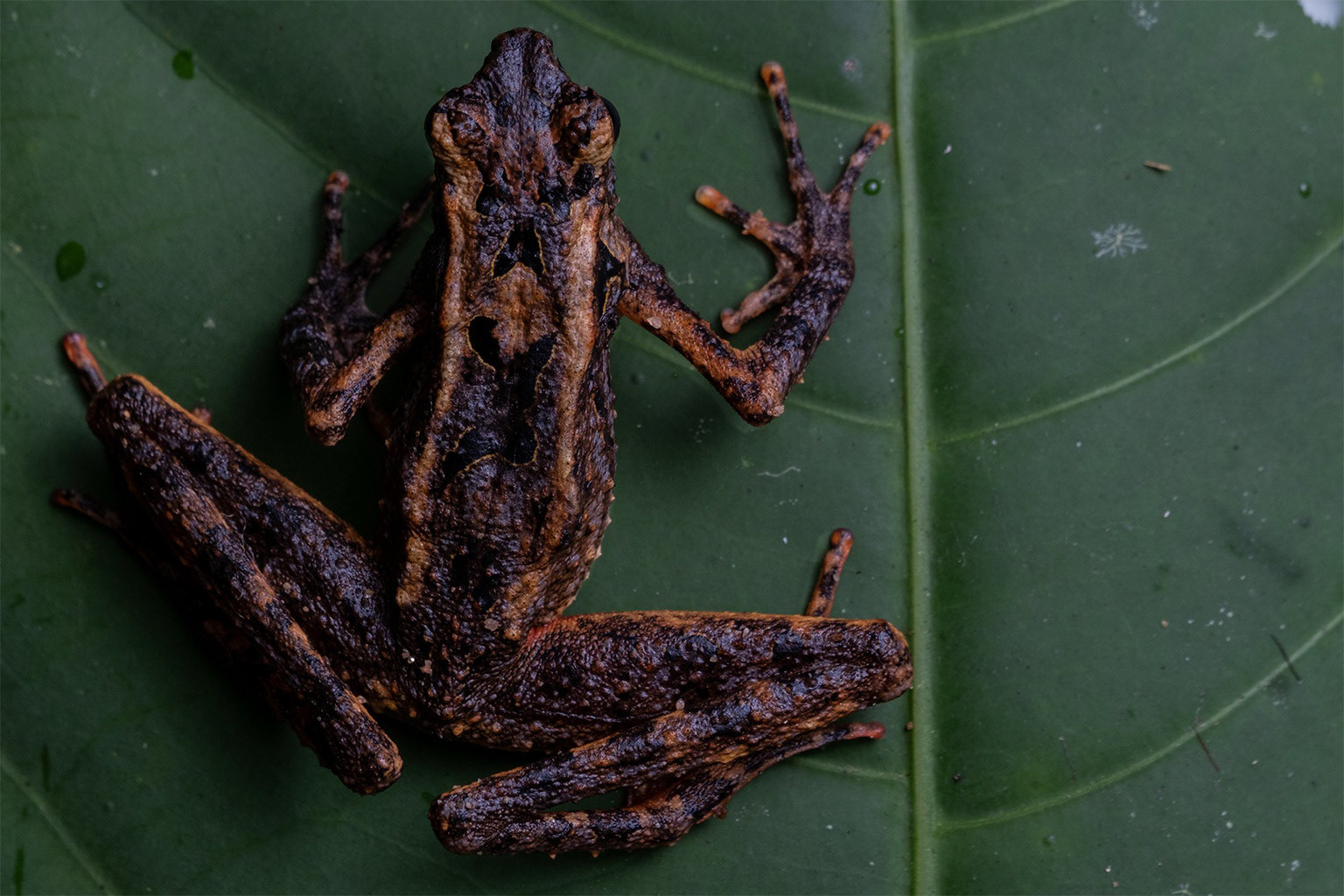

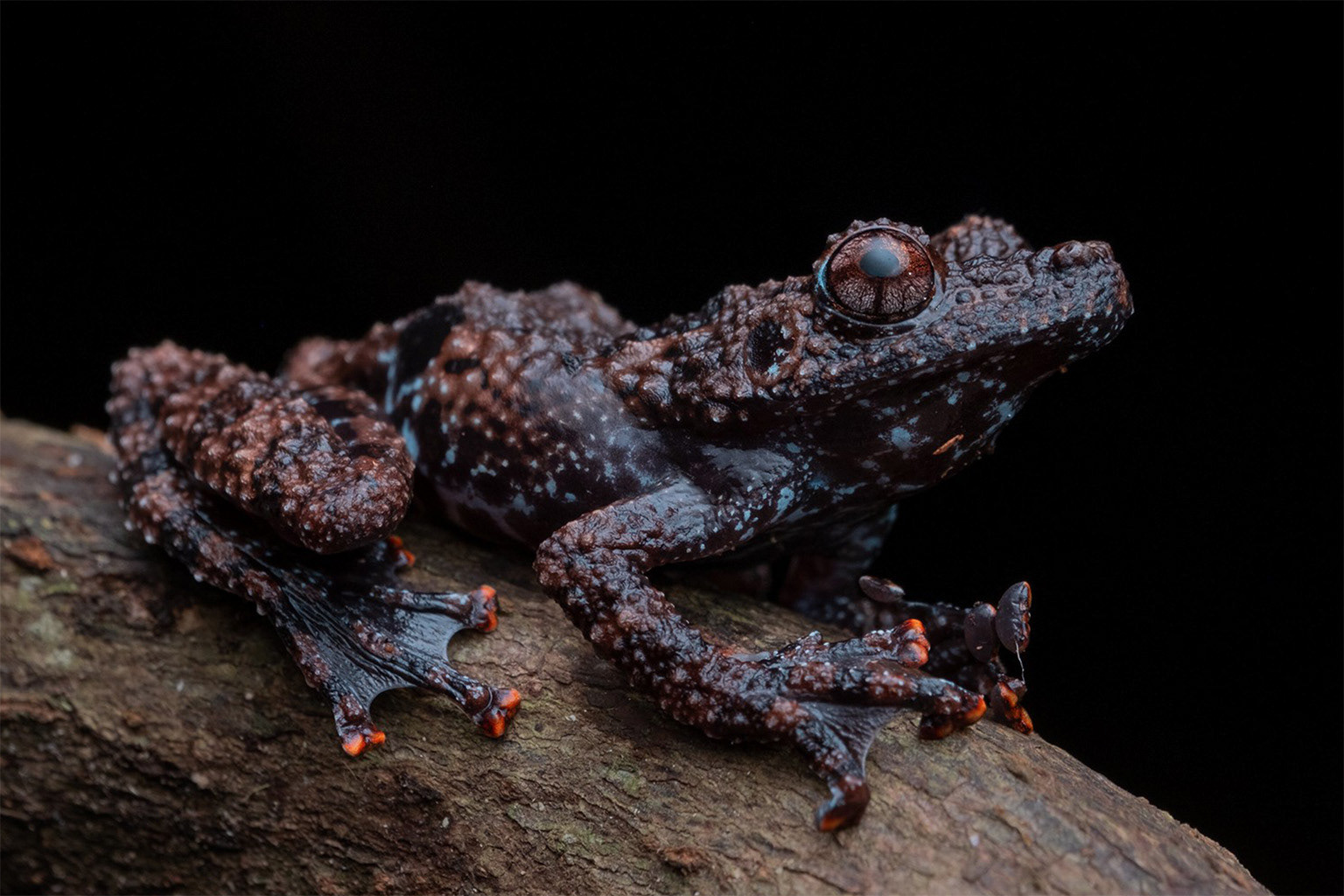

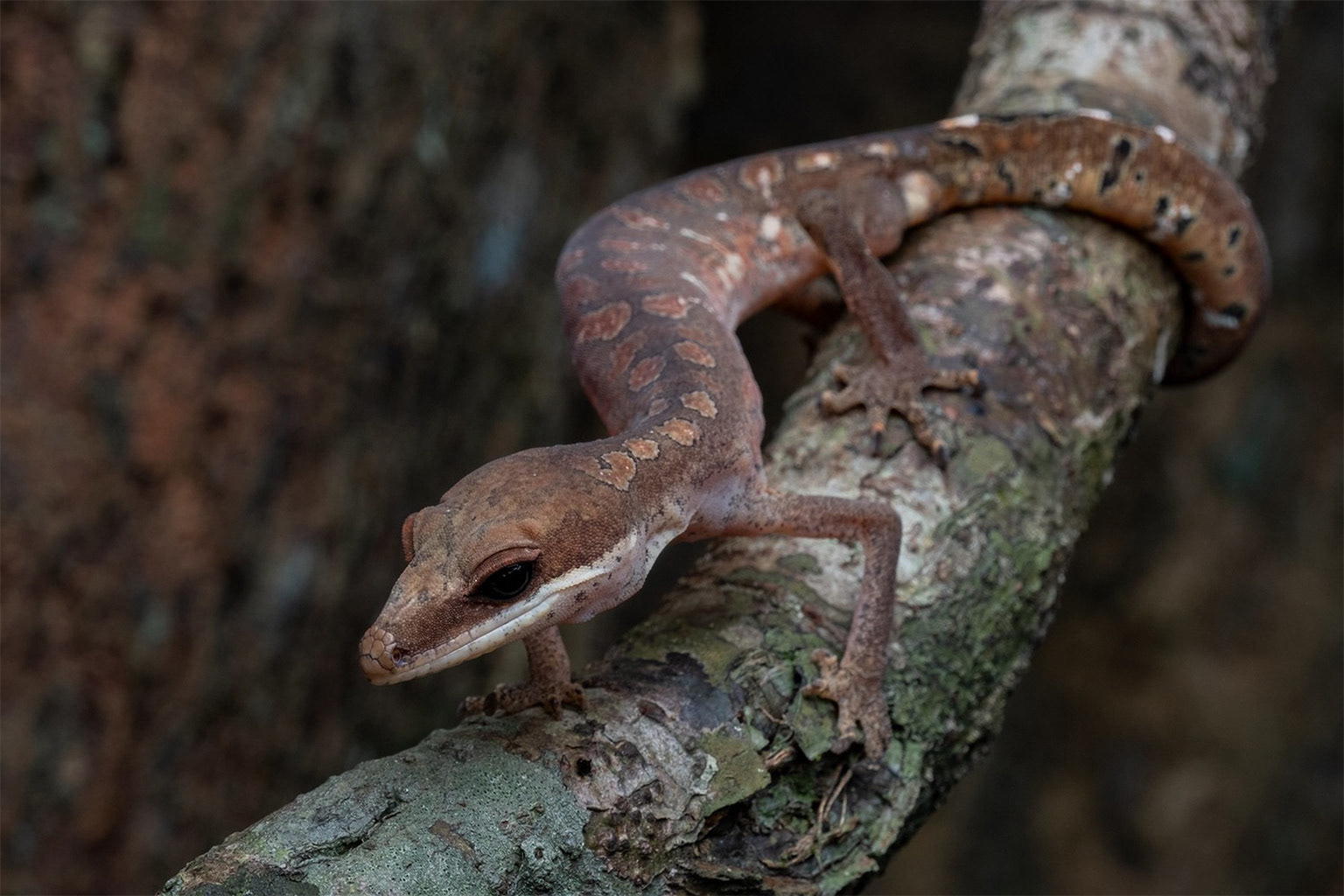
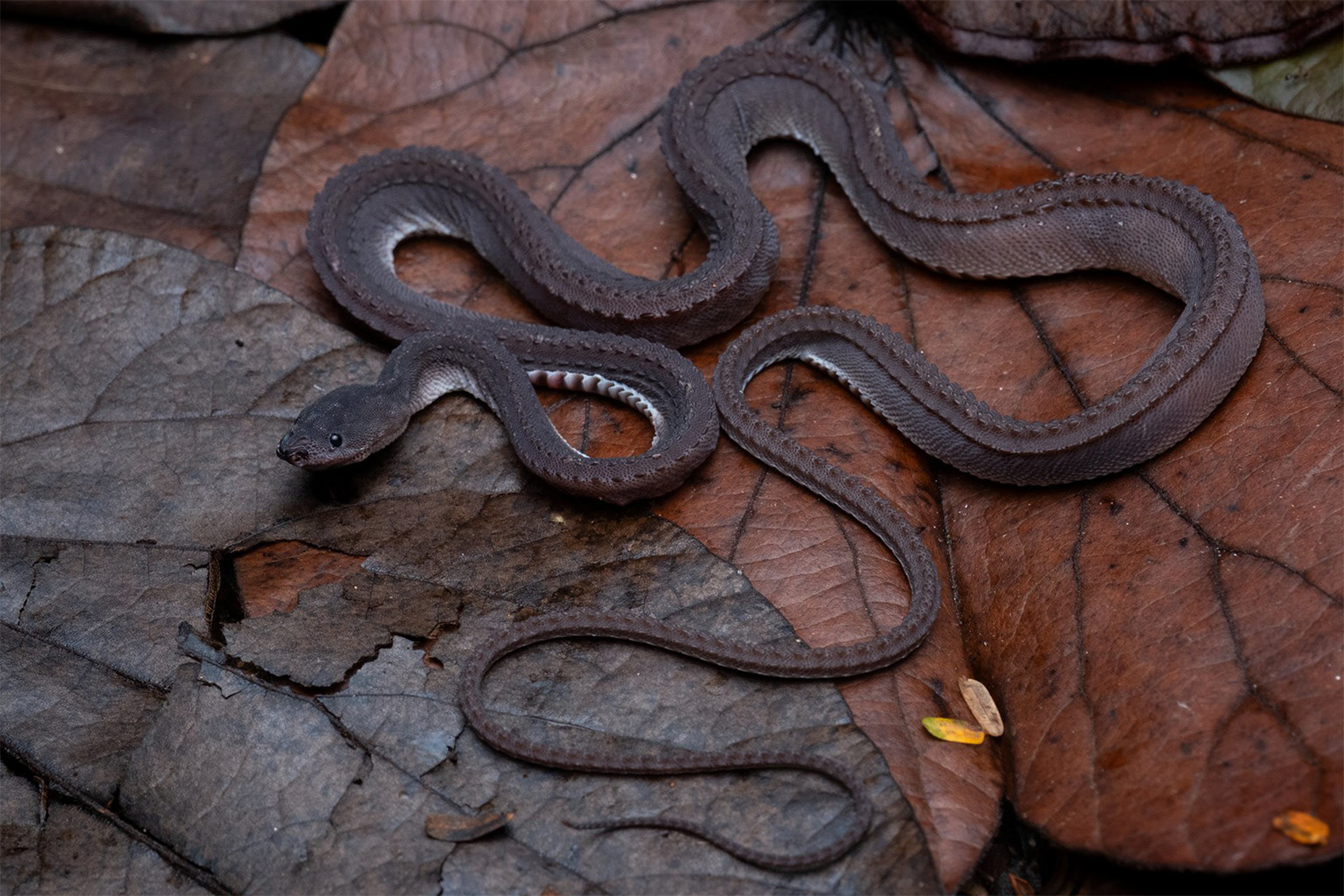
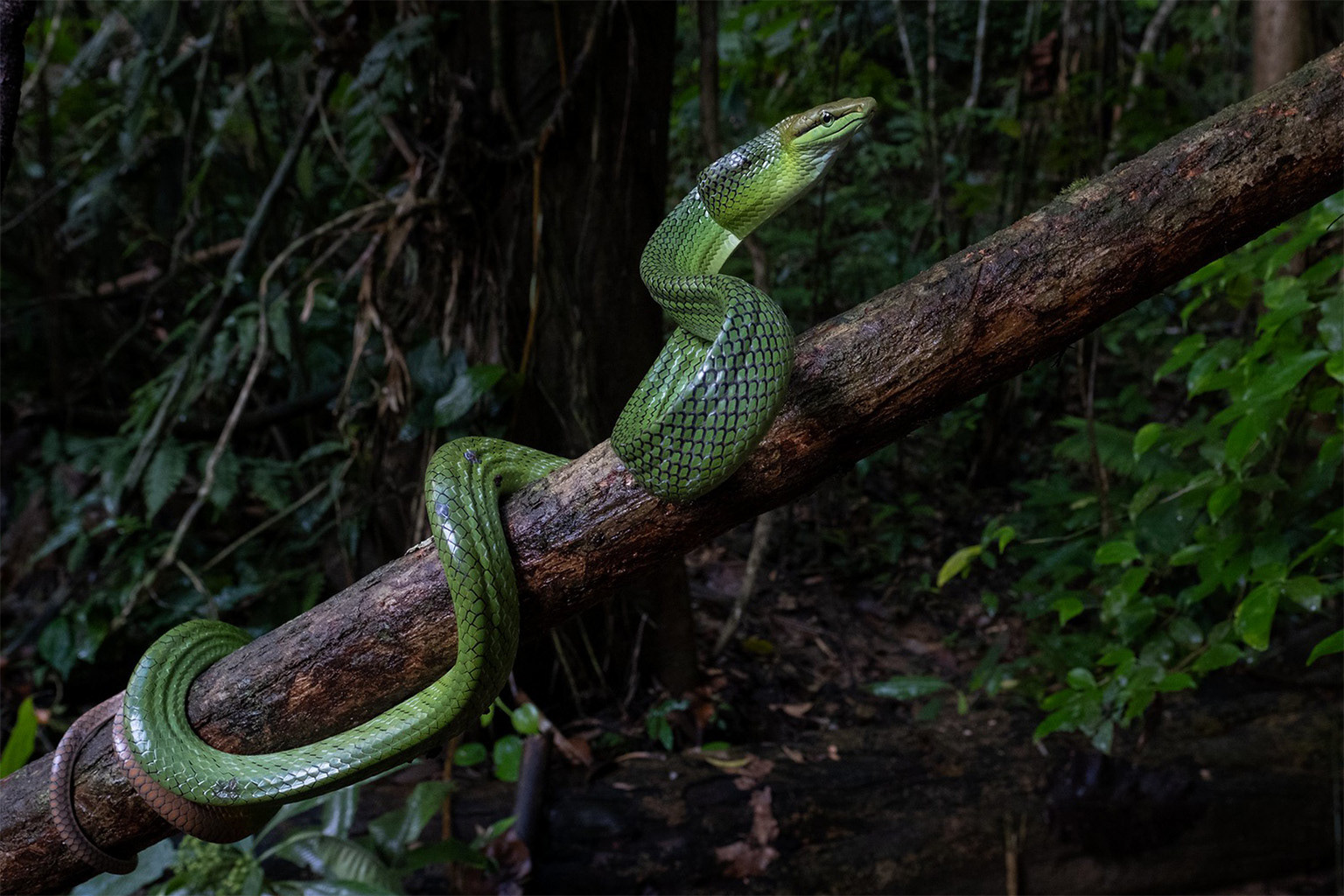

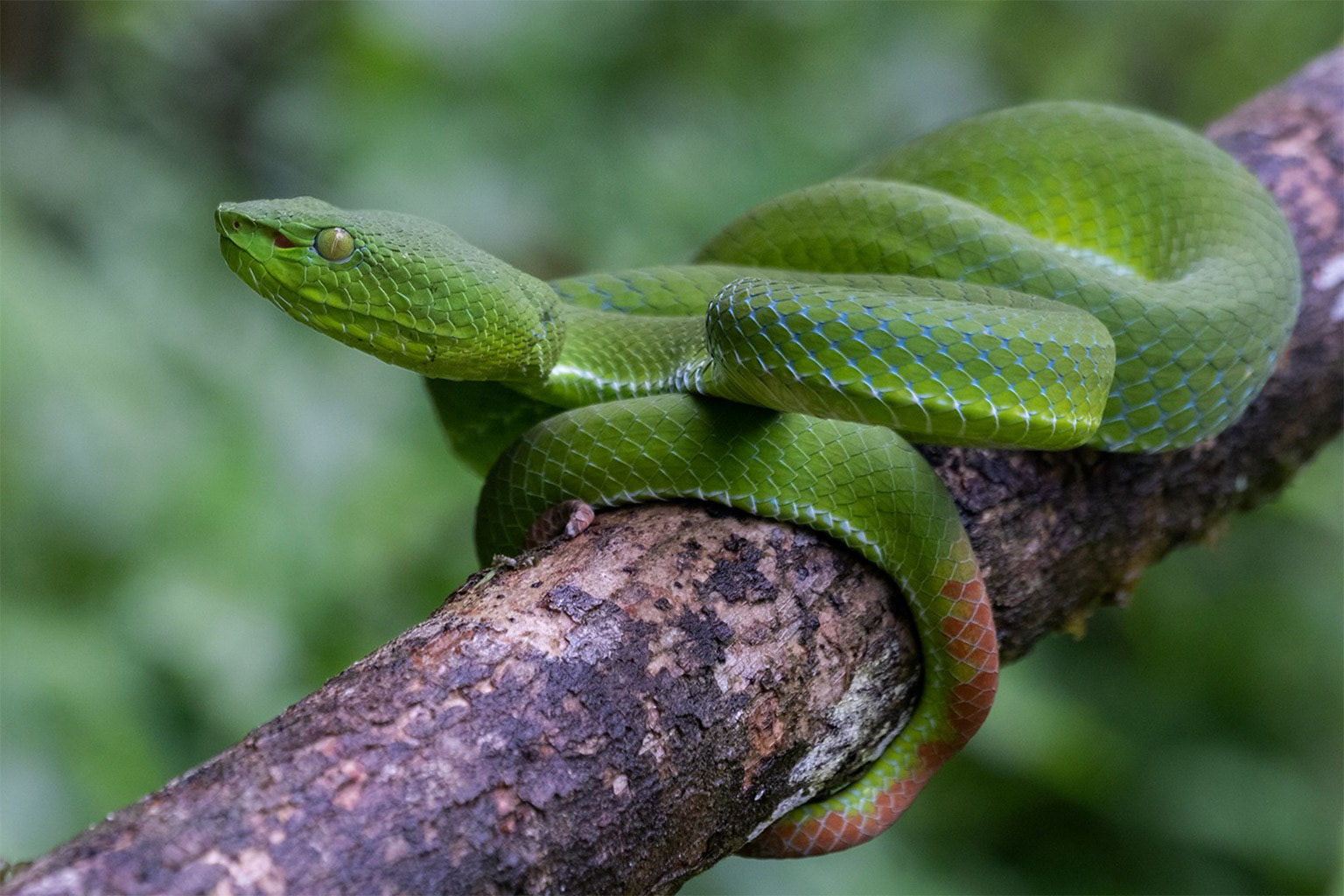
Nights 5 - 9: Betong
The next 5 nights of the expedition will be spent in Betong district, exploring upland forests from 500 - 1,000 meters above sea level. The primary rainforest of Bang Lang National Park is home to a simply ridiculous diversity of herpetofauna, along with elephants, tiger, leopard, hornbills and more amazing wildlife. With heavy rain, hard work and a lot of luck, it is possible to find Wirot's pit viper (Craspedocephalus wiroti) in the trails near our accommodation, an extremely cryptic species which clings on at a few isolated primary forest localities in far Southern Thailand and Peninsula Malaysia. Heavy rain may also bring out the equally rare dragon snake (Xenodermus javanicus), which we can target at some secret swampy locations. Betong is one of the best locations to see female Wagler's pit vipers (Tropidolaemus wagleri), while Sabah pit viper (Trimeresurus sabahi ssp. fucatus) occur in the higher elevations. Our favourite road in the area to cruise for snakes consistently produces pythons, cobras, coral snakes, kraits and many different colubrids.
Lizards and amphibians thrive in this area just as much as snakes. In both 2023 and 2024, we observed both the super rare roughneck monitor (Varanus rudicollis) and similarly rare Dumeril's monitor (Varanus dumerilii). We also consistently find Bell’s angle-headed lizards (Gonocephalus belli), as well as the ultra-cute cat gecko (Aeluroscalabotes felinus) while hiking in the jungle. Huge long-nosed horned frogs (Pelobatrachus nasuta) call around every stream in this area, while rare species such as the Sunda beautiful frog (Pulchrana sundabarat) have consistent breeding pools. Keep a sharp eye on every herp you see here, as this forest has huge potential for new records of reptiles and amphibians never before recorded in Thailand.
We will be staying in a quaint little village surrounded by rainforest for the full duration of our stay in Betong, with unbridled access to numerous primary rainforest trails. The village has a restaurant and shop within a 2 minute walk of our rooms, although we will drive to Betong city on several evenings for food and to collect washed clothes. Snakes can be found directly outside (or even inside) the rooms here, at what is one of the best herping destinations in the entire world.
Accommodation & washing:
The accommodation varies on this trip is jungle bungalows. You will always have access to air conditioning, electricity and a western bathroom as a minimum. All hotels are supposed to have hot water, but it can be unreliable. There is wifi and great phone service (5G) at all accommodation throughout this tour. There will be an opportunity to wash dirty clothes at a laundrette on day 5 or 6 of the expedition.
Food:
Over the course of this tour you will have the opportunity to try a wide variety of traditional Thai cuisine as well as western classics when closer to town, not to forget Thailand’s herpers favourite; 7 Eleven.
Environmental conditions & fitness:
Southern Thailand’s tropical climate is hot and humid all year round. The temperature rarely drops below 20C at night, and usually climbs to 30C or more during the day. Thailand’s deep south is subjected to almost daily rain, so prepare to get wet at any time. During times of substantial rain and cloud cover, it can get relatively cool at night. We will not be scaling any mountains but a minimum level of fitness must be met, we advise an ability to walk 10km per day on uneven terrain. Mosquitoes, leeches and other biting/stinging invertebrates are part of jungle life.
Travel information:
All participants must arrive in Hat Yai before midday (12:00pm) on the 20th September 2025 at the latest, but we advise you to arrive the day before and get a good night of sleep before we begin. We will return to Hat Yai on 29th March 2025 at 6pm at the latest, where the tour officially ends. Regular flights to/from Hat Yai International Airport are available from Bangkok, Phuket, Kuala Lumpur and Singapore.
It is the guests’ responsibility to meet all entry requirements needed to enter Thailand, including visa procedures. Explore Herpetology can help advise entry requirements. Guests travelling from most countries do not require a visa to visit Thailand for less than 30 days. Make sure to check the entry requirements for your country before booking.
Important note on safety and insurance:
Thailand’s southern provinces of Pattani, Narathiwat and Yala have long been subject to scattered ethnic and religious insurgency. Westerners have never been targeted in the history of this conflict, and it is far safer to travel here than most highly touristic localities around the world. Our team have spent extensive time in Thailand’s most southern provinces and have had nothing but good experiences with both the local people and police, especially in Yala. Than To & Betong districs are two of the most historically safe districts in Thailand's Deep South. Friendly faces and good food are just as common as elsewhere in rural Thailand, with better forest quality and herpetofauna biodiversity than anywhere else. Moreover, our time in Yala will be spent exploring remote rainforests in two of the most peaceful districts in the region, where tourism is becoming more popular every year. Betong and much of Yala are popular tourist destinations for Thai and Malaysian people, yet foreign governments still advise against all but essential travel to the region. Henceforth, many western insurance companies do not offer coverage in Yala province.



